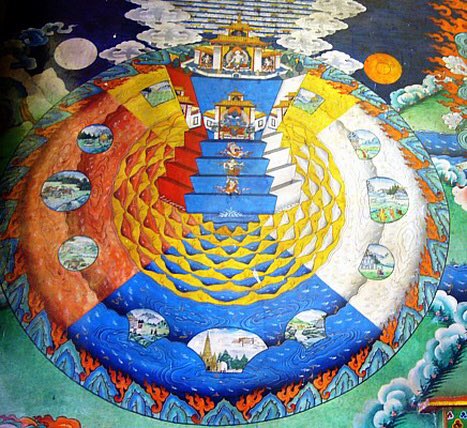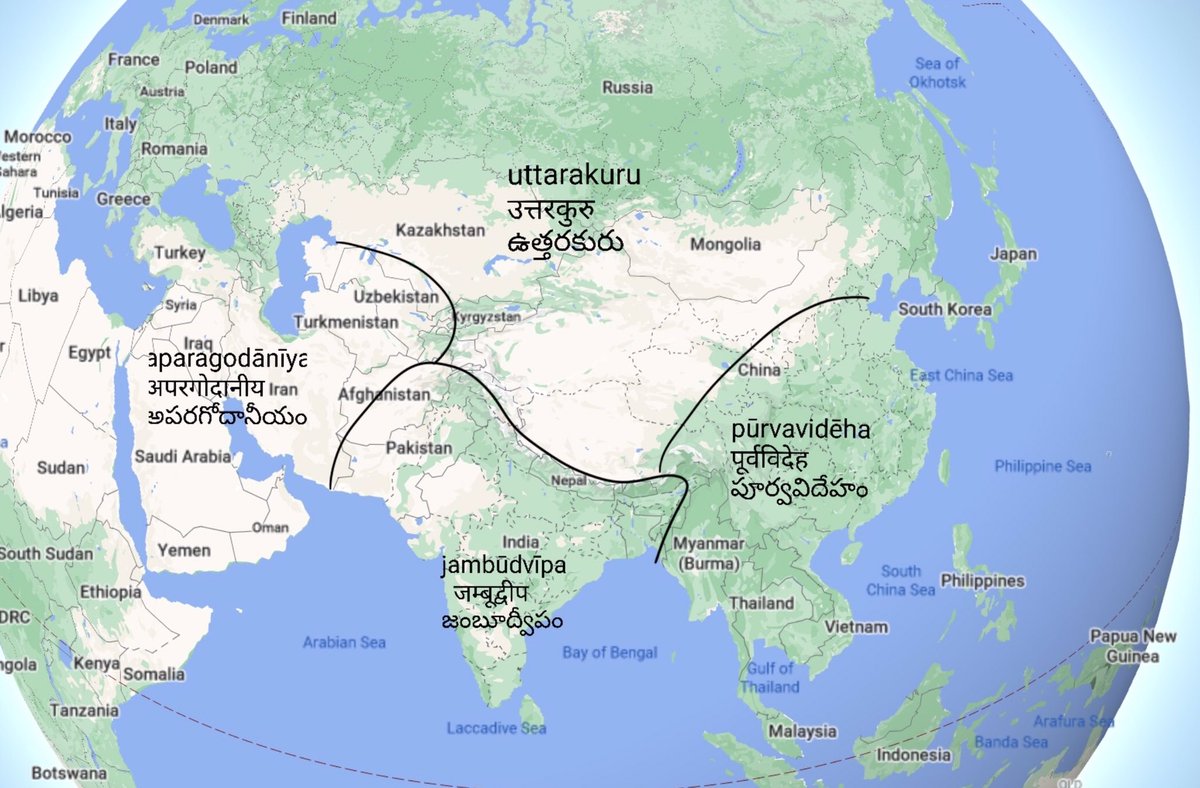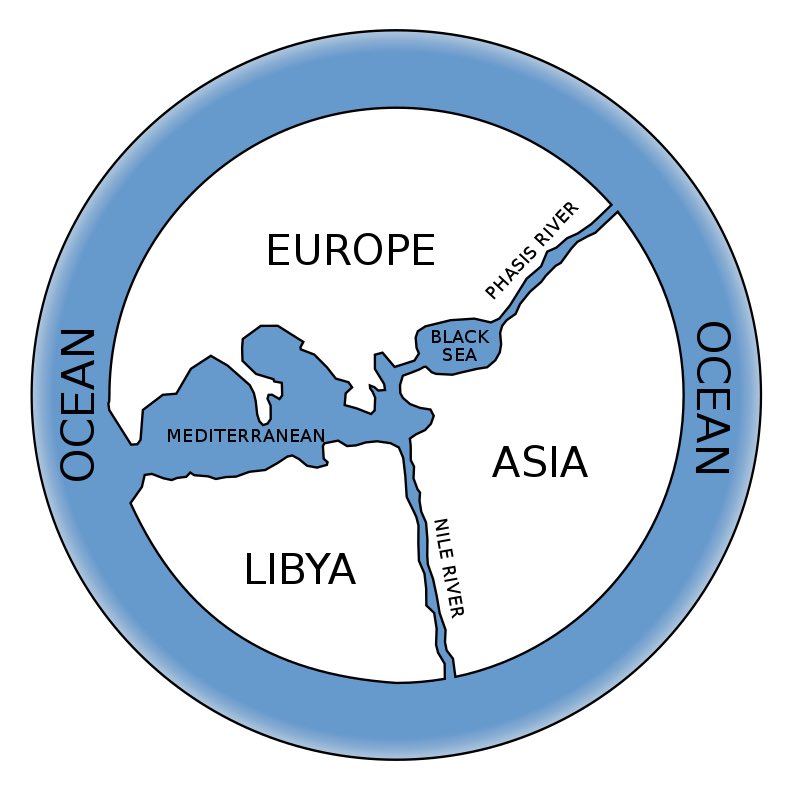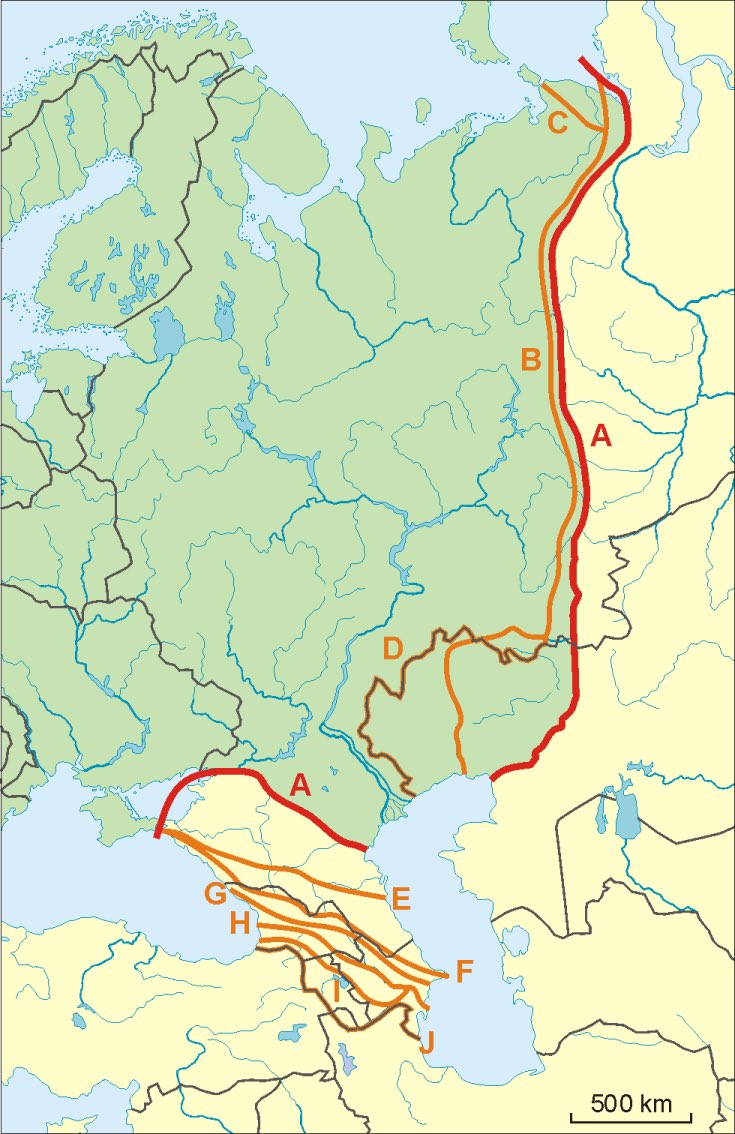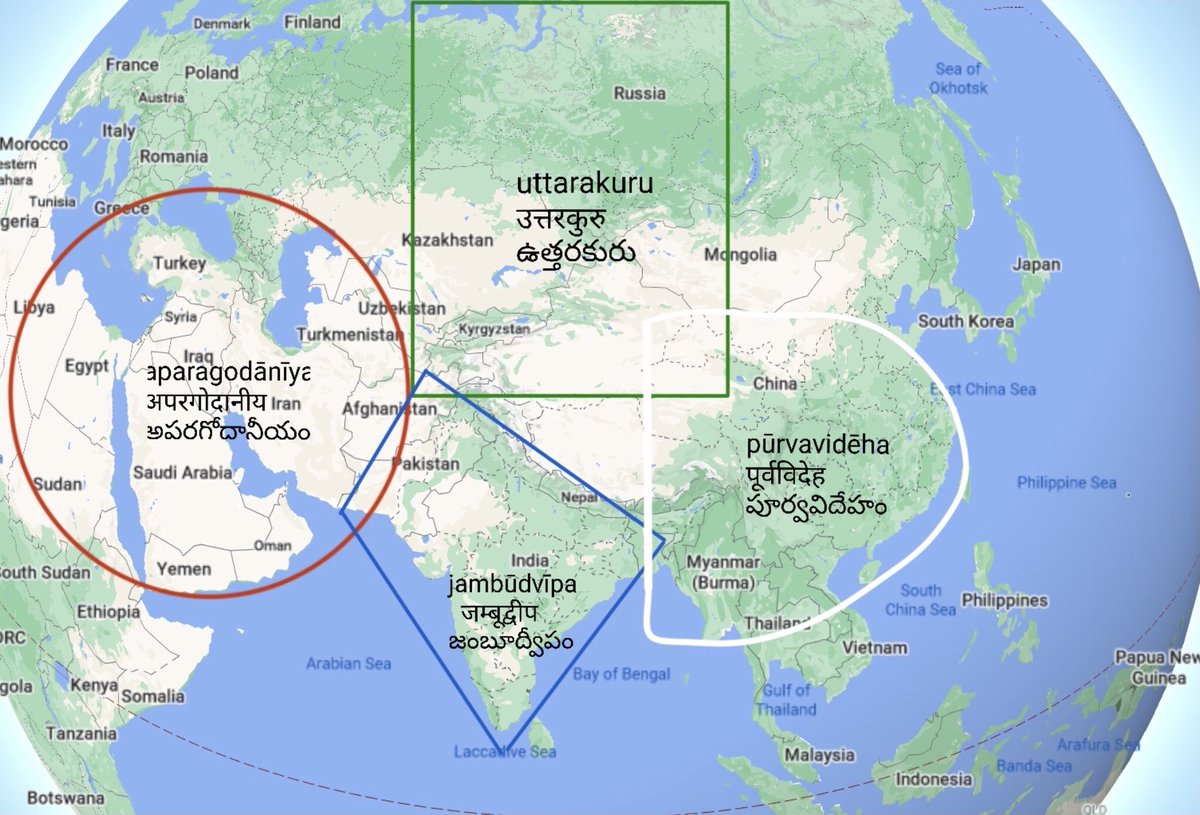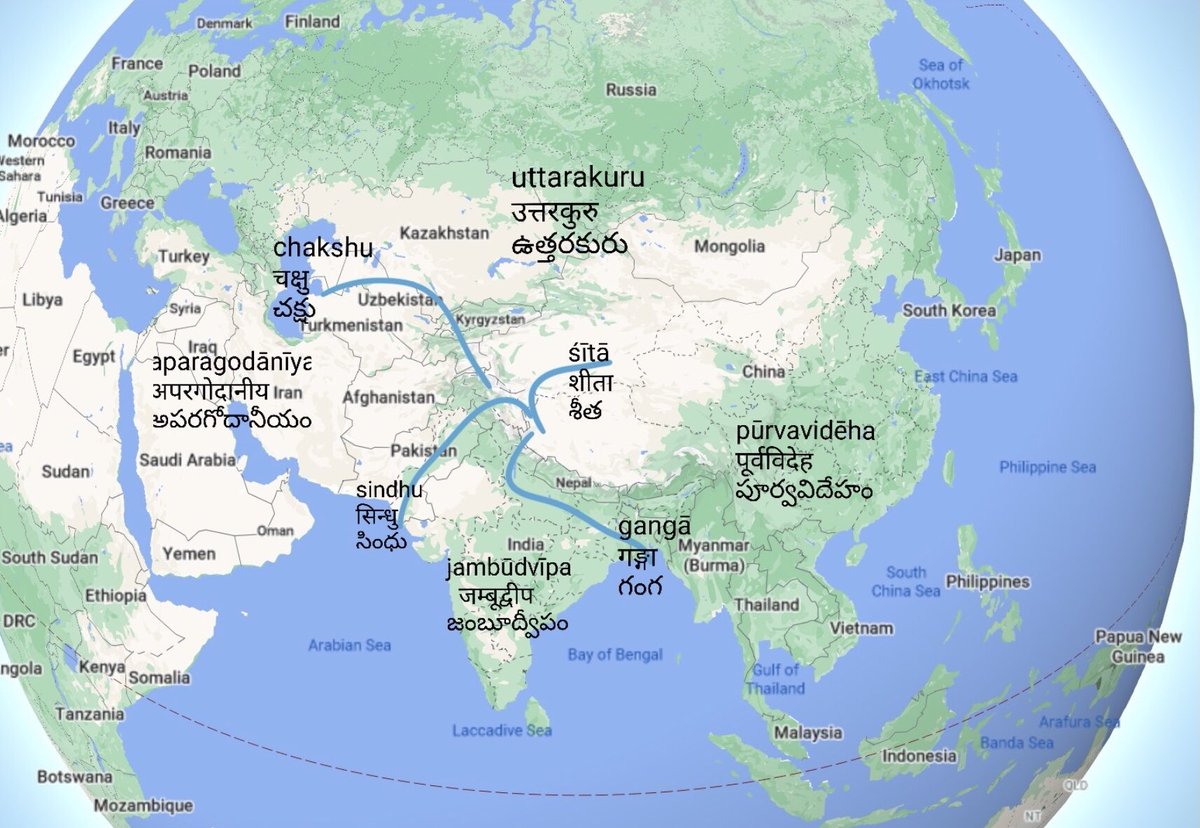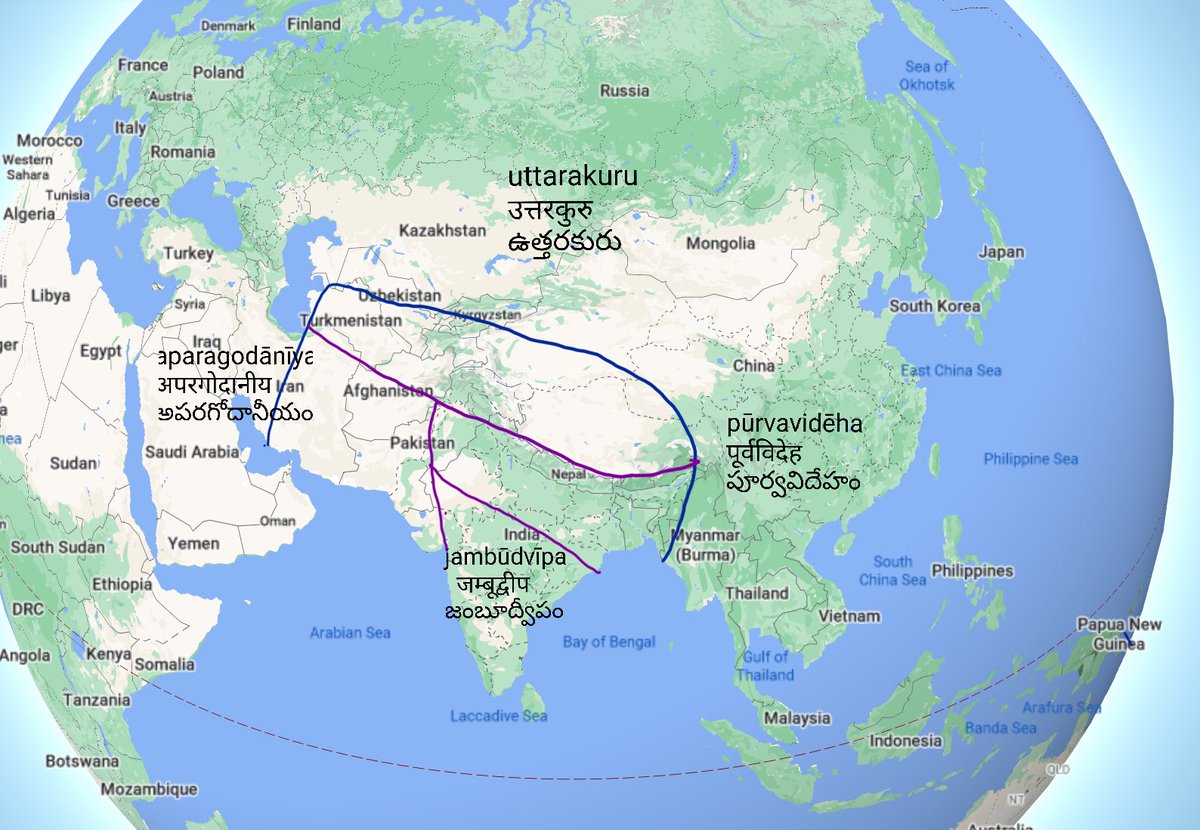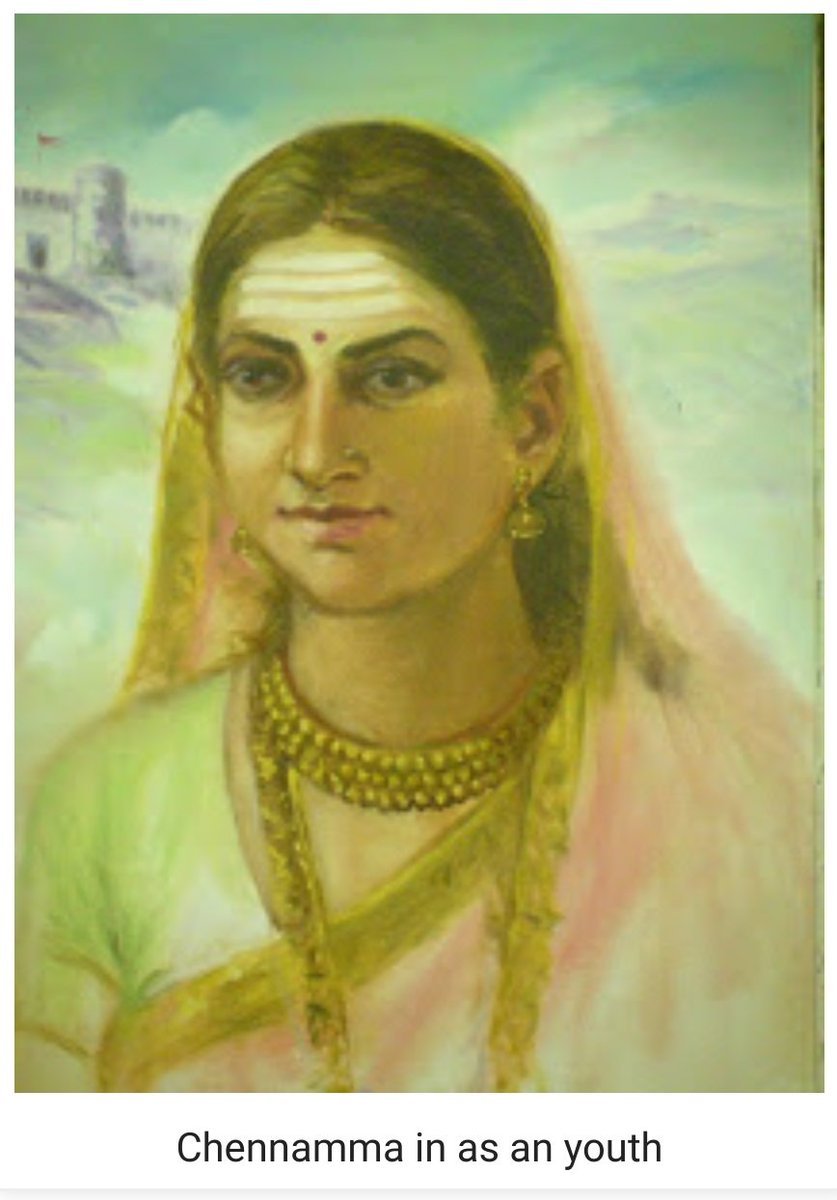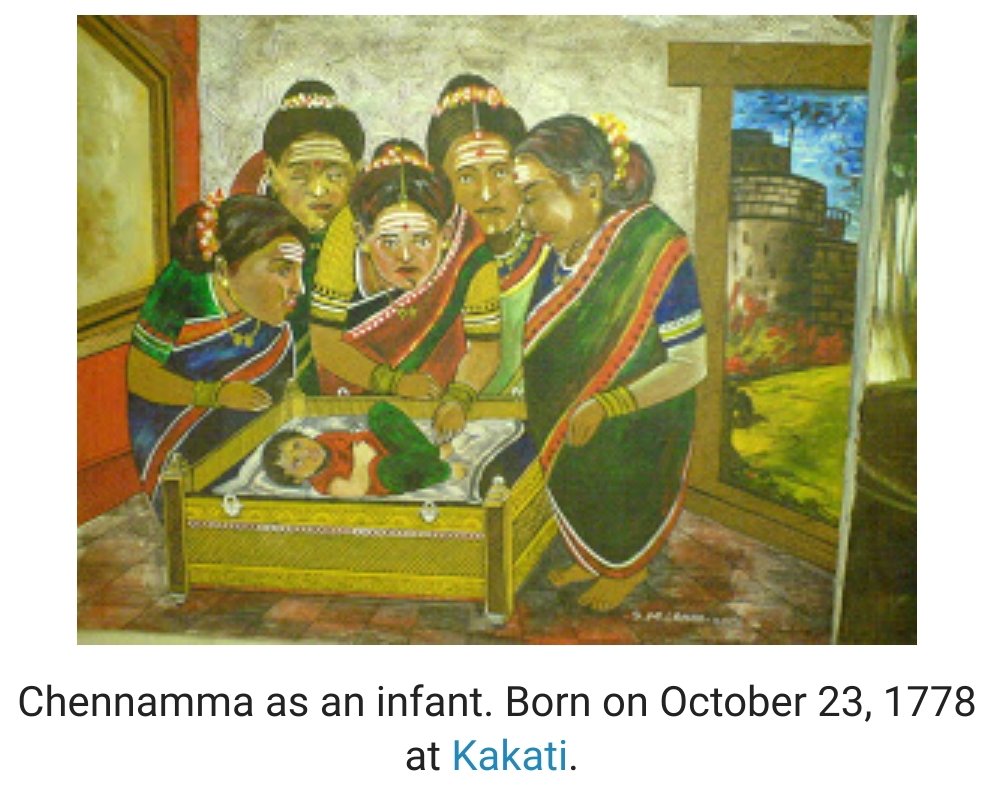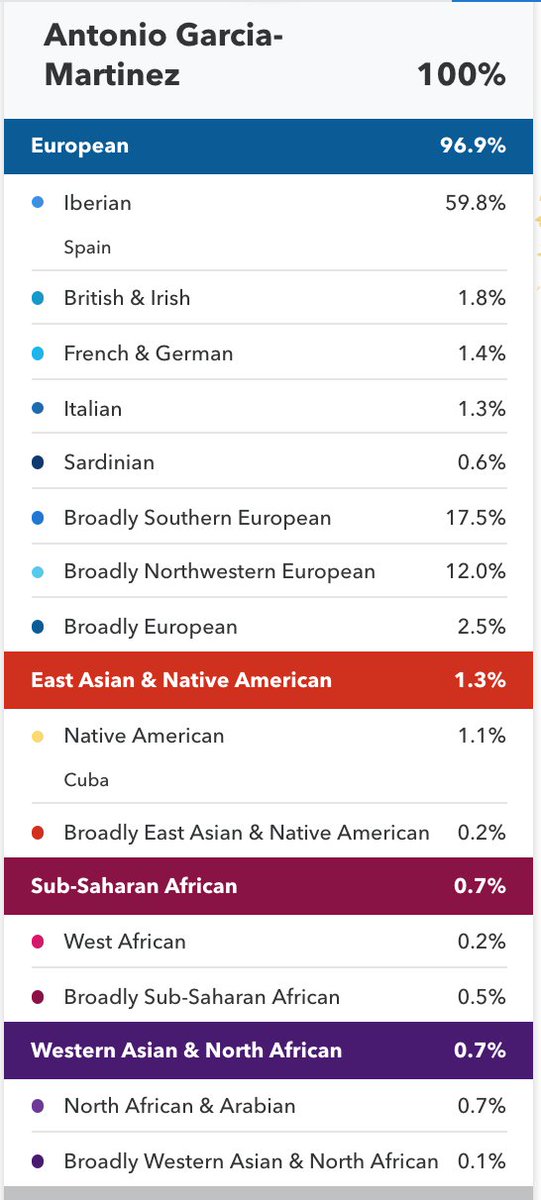The word “Jambūdwīpa” is attested not just in India, but in the whole Asian literature. This is how Asian civilizations like India, China, Japan etc. have seen the world, as a sacred geography centered on the Mēru mountain (Sumēru). These ideas spread through Buddhism.
The division of the geography is remarkably similar across a *vast* trove of Hindu and Buddhist literature. What’s more: this geography is attested repeatedly by direct physical observation of travelers on the Buddhist pilgrimage circuit, most notably Xuan Zhang (Hiuen Tsang).
Due to thriving and well connected trade routes, as well as mastery in astronomical observations and calculus, Asian civilizations had been *far ahead* of Europe in the field of geography. But simplistic European (Greek) divisions of geography are being imposed to this day.
This doesn’t make any sense. “Asia” is a gigantic geographical mass. That mass of Asia is absurdly and quixotically cut from Europe, whose divisions are entirely based on “convention” (that is no geological or geographical sense). See the random borders between Eurasia.
The fundamental problem in this geographical division into continents stems from the Greek theory that continents are separated by “rivers”. e.g, Nile was supposed to separate Libya (Africa) from Asia. But rivers are flimsy ephemeral things, that change course all the time.
The nonsensical division of geography by rivers is no longer used between Africa and Asia, but its legacy continues between Europe and Asia, giving silly borders that change at the whim of geopolitical standings. And the mighty mass of “Asia” is clubbed into one nonsensical unit.
In contrast, the Hindu and the Buddhist division of geography is based on mountain ranges, which are relatively stable in human civilizational timescales. Further, in many cases they reveal the processes of plate tectonics that generated these land masses, like “Jambūdwīpa”.
In the following, I will use the Buddhist naming of the continental divisions, as it has a remarkable attestation through the travels of Xuan Zhang.
More detail can be seen here:
https://t.co/fN3vG5PL1C The Hindu accounts in various Purānas are similar:
https://t.co/6CX9ykE2eL
The giant landmass of Asia is understood as centered around the Mēru mountain, and split into 4 divisions of “Dwīpa” (continents) along the 4 cardinal directions. They are Uttarakuru, Pūrvavidēha, Jambūdwīpa and Aparagōdānīya. The rough shape of the continents are also specified.
The names of the continents are given as extensions to locations within India: Uttarakuru is to the north of Kuru, Pūrvavidēha to the east of Vidēha etc.
This is similar to how the Greeks named the continents: by extending the names of Greek places that lie in those directions.
The northern continent of “Uttarakuru” is thought of in a square shape, extending up to the northern sea (Arctic). It is said to be green in color, with a magical attribute of a “harvest without sowing”. It simply refers to the giant steppe: Russia, Mongolia and western China.
The western continent of “Aparagōdānīya” is said to be circular in shape and copper-red in color. It refers to Iranian plateau and the “Middle East”, which is how it looks from above: rocky red. The region is supposed to be based on pastoral culture. “Gōdānīya” (giver of cows).
The eastern continent of “Pūrva Vidēha” is supposed to be semi circular in shape and white in color. It refers to East and South East Asia. This region is supposed to abound in gems and mineral wealth. It is probably historically one of the earliest mining regions of the world.
I don’t know why these regions are not referred to with these traditional names. Why use the nonsensical names like East Asia, Central Asia and West Asia (Middle East)? Asia can easily be divided into these 4 Dwīpas (call them continents or sub-continents, they are all gigantic).
The southern continent, to the south of the Mēru mountain is the “Jambūdwīpa” (the land of the black Jamoon Tree నేరేడుచెట్టు), which is found uniquely here. It is roughly divided into 4 regions, watered by 4 rivers: Indus (south), Ganges (east), Tarim (north) and Oxus (west).
The boundaries between the 4 continents are not given precisely. Instead, each “Dwīpa” is supposed to be flanked on each side by a “Kshudradwīpa”, that overlaps gently into the bordering continent. For example, Jambūdwīpa is flanked by “Kētumāla” to the west (today’s Pakistan).
This way of understanding continents through their broad features and rivers, ecological attributes like flora and fauna, and then the primary human occupations, is quite sensible as it gives a geographical overview. There will not be sharp geographical boundaries in real world.
One fascinating element in Indian historiography is that these vast “Dwīpas” were supposed to have been ruled by mighty emperors (Chakravartins). Xuan Zhang refers to the extent of the reigns of Chakravartins at different metallurgical eras: use of gold, silver, copper and iron.
https://t.co/Xs3wEKQGES
I think we cannot dismiss these ancient Chakravartins as merely mythical, but an important cultural memory in the spread of civilization, along with an establishment of law and order, as well as monetary means of exchange (coins printed in the various metals).
The Jambūdwīpa is, of course, described at the greatest level of geographical detail. It is roughly in the form of an axe-head and blue in color (referring to the many rivers for irrigation). Its magical attribute is wish-fulfilling trees: the rich ecological wealth of jungles.
Xuan Zhang divides the Jambūdwīpa into four regions: the north with wealth in horses, the west with wealth from sea trade, the south with wealth in elephants, and the east with wealth in men (thickly populated Gangetic plain). I roughly drew boundaries on this map.
These ecological and economic resources are capitalized by various emperors of Jambūdwīpa, and recounted in many Indian literary sources. For example, Kālidāsa describes the “Digvijaya” campaign of Chakravartin Raghu of the solar dynasty, who conquered the kings of the 4 regions.
https://t.co/ouXCvfc6Mv
The fascinating thing about Kālidāsa’s description is that he says Raghu used horses to conquer the southern Malaya mountains, and elephants to conquer the northern Kāmbhōja regions: essentially an Emperor able to effectively unify the resources of Jambūdwīpa under one power.
The Jambūdwīpa is an extraordinary geographical region with very strong borders (mountains to the north and sea to the south). It is highly defensible and capable of aggregating ecological and economic resources. In other words, it is not “South Asia”, a bullshit colonial term.
I will conclude this thread by asking, why the hell is India promoting “South Asia studies” and “South Asia Regional Cooperation”. Why is it not “Jambūdwīpa” जम्बूद्वीप ? Can India be even a regional power if it doesn’t use its own name of the region!?
(end of thread)
Here is one of the first geographical maps from Japan, showing the various new continents and trying to align them to the traditional Buddhist understanding of Mēru mountain, Jambūdwīpa and so on.
The thing is India has done nothing of this type of synthesis.
